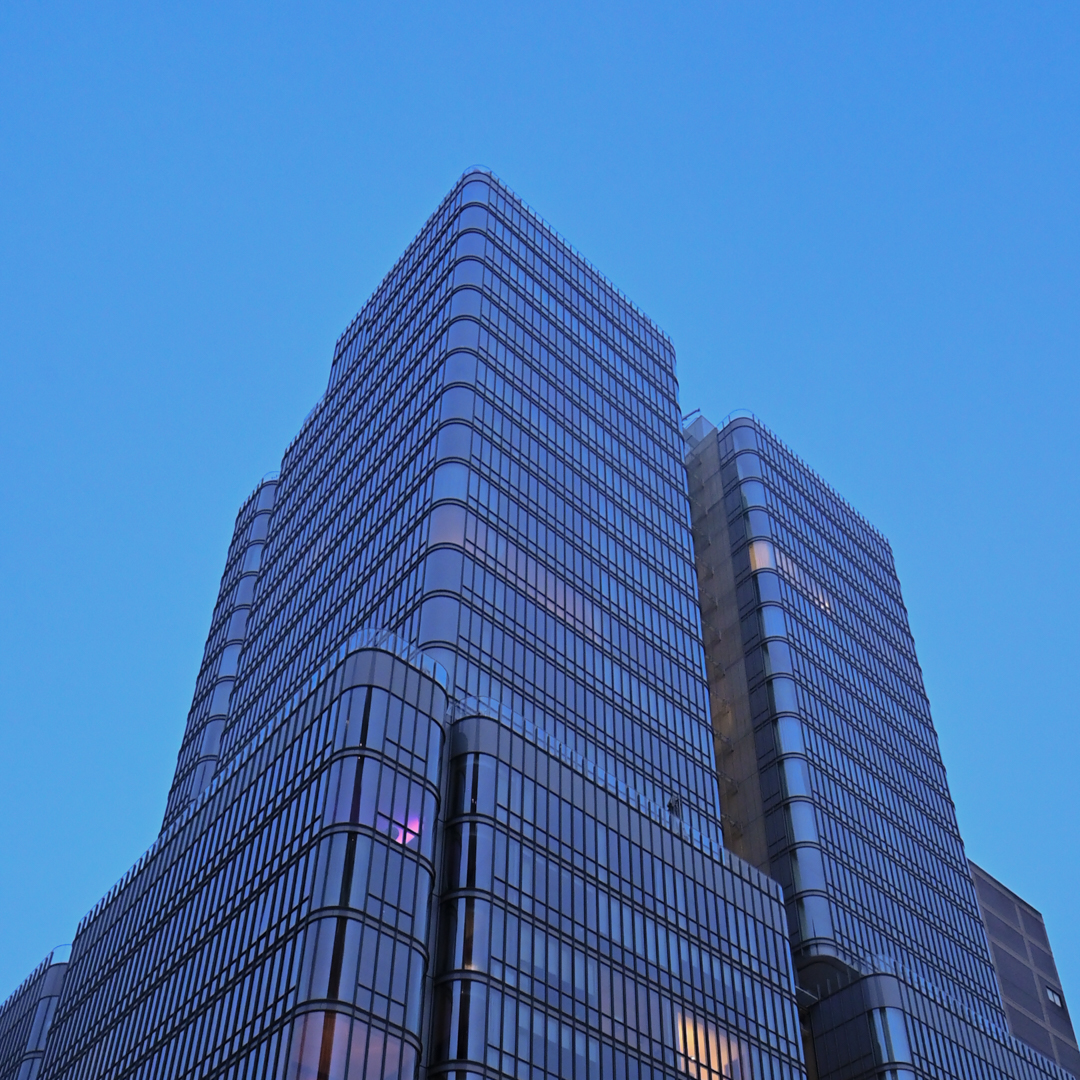Revit, a tool that redefines workflows, mindsets, and professions
Science fiction author Jeff Duntemann once said: “A good tool improves the way you work. A great tool improves the way you think”. There’s no doubt that the AEC industry has been revolutionized at every step of the technological revolution. New tools have been developed by great minds and changed completely the way professionals deliver projects, design, and even had a huge impact on the industry’s workflows.
Do you want to know what is the most popular BIM software? Revit is the correct answer. Its impact in the BIM ecosystems mirrors the one caused by the passage from black and white to color on tv. Sketching and 2D work were replaced by Revit’s 3D components, which are stored in Revit families. This led to a change in the mindset of AEC professionals all over the world.












